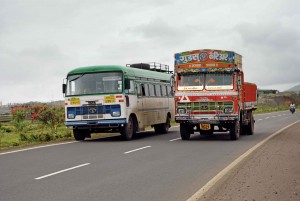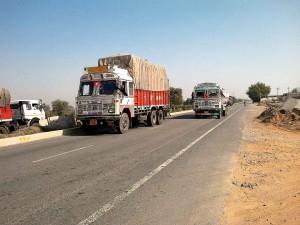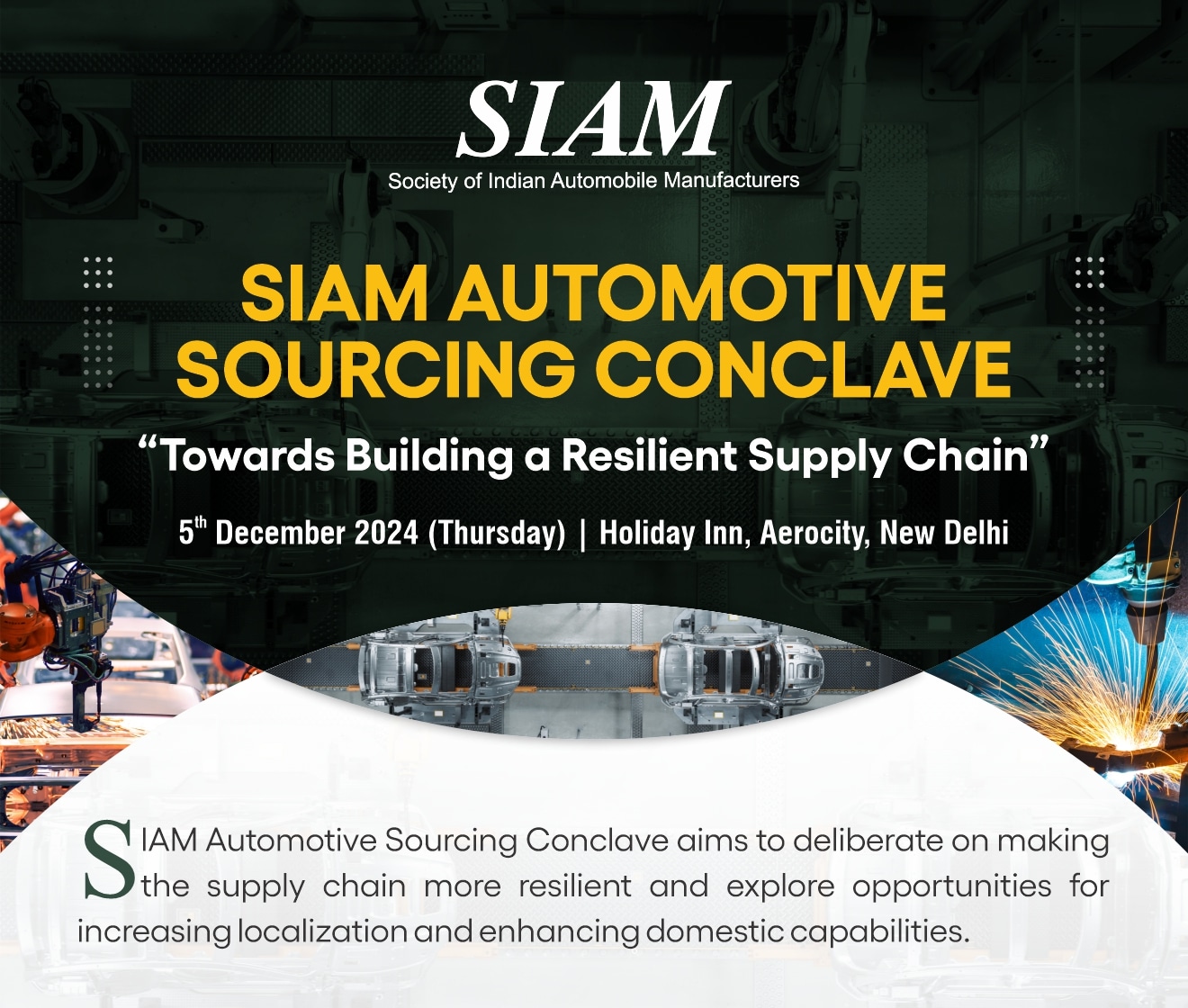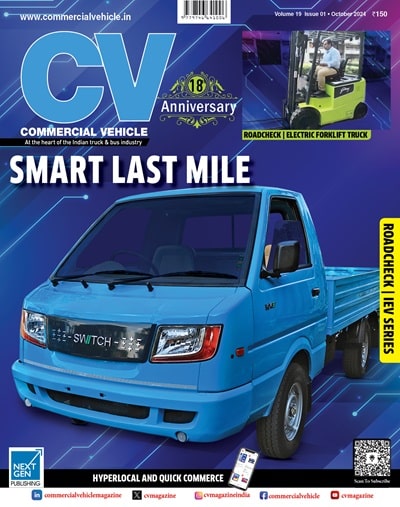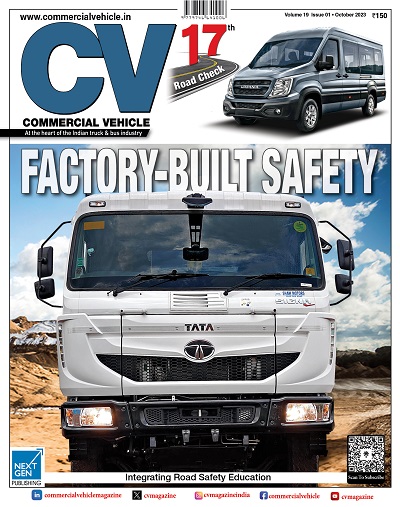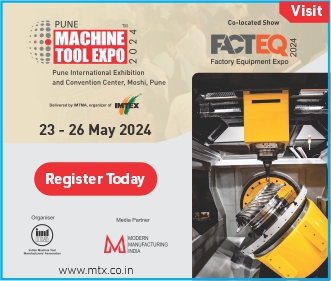The year 2017 is set to be yet another challenging year for the Indian commercial vehicle industry.
Story by: Bhushan Mhapralkar
The month of October 2016 was a good month for the Indian CV industry. M&HCV sales grew 16.92 per cent with the sale of 25,934 M&HCVs as compared to 22,181 units sold in the corresponding month last year. LCVs too posted good growth with the sale of 39,635 units, up 8.84 per cent, against the sale of 36,415 units in October 2015. Total CV sales were 65,569 units, up 11.9 per cent, against the sale of 58,596 units in the corresponding month last year. This was despite the industrial production in India indicating a decline of 1.9 per cent over October 2015. With pan-India implementation of BSIV emission norms and GST scheduled for April 2017, pre-buying expectation is being expressed by many industry leaders. This would add to the replacement demand, claimed an industry expert. The announcement by prime minister Narenda Modi on the evening of November 08, 2016, to withdraw Rs.500 and Rs.1000 notes from circulation changed the situation overnight. The move, termed as demonetisation, saw people queuing in front of banks and ATMs to deposit old notes and withdraw whatever new notes they could lay their hands on.
Difficult times
The ATM withdrawal limit, capped at Rs.2000 per day, and the withdrawal limit at the bank capped at Rs.24000 per week, added to the operational challenges of transporters. Even after 50 days, the situation does not seem to have changed much. For the CV industry, and transporters in particular, operational difficulties continue. Improvement in cash flow has helped, but the fall in fleet utilisation levels is a matter of concern. It would be appropriate to consider the announcement by Japanese brokerage firm Nomura at this moment. It has announced that proprietry indices have dipped to the lowest levels since 1996 with rural consumption showing the maximum impact. The full grown impact of what is termed as demonetisation is expected to emerge this month. The Nomura Composite Lending Index (CLI) for India for early 2017 has slumped to the lowest levels, and is consistent with GDP growth of below six per cent.
Cool October, and a hot November
Against the backdrop of peak fleet utilisation levels in September and October 2016, a sudden drop was observed in November 2016. The situation in December was more or less the same. Claimed an industry expert, that the situation is expected to continue to be the same for the current as well as the next quarter. Said SP Singh, Convenor, IFTRT, “The drop in fleet utilisation has been sharp. The issue is the steep fall in cargo despatch post demonetisation as businesses and traders are not procuring goods due to unsold inventories.” Unlike Septmebr 2016 and October 2016, the situation post demonetisation, it is clear, is not upbeat. Any chance of fleet utilisation going up drastically is being looked upon for the later half of the next fiscal. Any expectation of pre-buying in the wake of pan-India implementation of BSIV emission norms from April 2017 may not hold enough strength anymore. Nalin Mehta, Managing Director & CEO, Mahindra Trucks and Buses Limited, expects pre-buying. “There is a lot of time left. Typically pre-buying would happen only in March 2017; at the last minute,” he added. Describing transporters as good managers who got around to managing the cash crunch, Mehta averred, “A CV buyer was more likely to postpone his purchase. He would rather concentrate on purchasing only what is essential.”
Apart from pan-India BSIV emission norms implementation in April 2017, GST is also expected to be implemented in early FY2017-18. Fuel prices in the International markets are showing a tendency to rise. The value of Indian Rupee may fall in the short to medium term. The US Fed rates are also showing an inclination to rise. This is certain to reflect on the Indian economy, of which the transport industry is a part. The transport industry accounts for an estimated 5.5 per cent of the country’s GDP. If good sales growth of October 2016 indicated that the industry sentiment was changing for the better, the sales numbers in November 2016 seem to paint a different picture altogether.
The Society of Indian Automobile Manufacturers (SIAM), in its report for November 2016, announced that 1,563,665 automobiles were sold in the country, down (-) 5.48 per cent, as compared to 1,654,407 vehicles sold in the corresponding month last year. In November 2016, 45,773 commercial vehicles were sold, down (-) 11.58 per cent, as against 51,766 CVs sold during the same period last year. M&HCV sales were 17,499 per cent in November 2016, down (-) 13.13 per cent, as against the sale of 20,144 units in November 2015. In November 2016, 28,274 LCVs were sold, down (-) 10.59 per cent, when compared to 31,622 units sold in November 2015. Optimistic, Mehta is confident of demonetisation being a temporary phase. Opined Anuj Kathuria, President – Global Trucks, Ashok Leyland Ltd., “The (market) environment is so volatile that saying anything does not mean much because we don’t know which way the market is going to swing.” “The general expectation,” he mentioned, “is that there will be a pre-buying demand. It may get dampened by demonetisation however.” The effect of demonetisation on the CV industry in 2017 will be tough to determine, an industry expert claimed. He claimed further that growth will shift further. In case it does, the CV industry will have to wait longer to reach peak levels once again.
The slowdown effect
Hopes about pre-buying continue. In an uncertain environment however, claimed an industry source, it will be the performance of the manufacturing and agricultural sectors that will reflect on the performance of the transport industry. Disruption in supply chain is a matter of concern for the industry already. Stated an industry source, that the Indian (Purchase Manager Indiex) PMI for November 2016 decreased to 52.30 in November over 54.40 in October 2016. Queues in front of banks and ATMs continued in December 2016. Demonetisation, claimed an industry source on the condition of anonymity, has shaken the confidence of consumers. They are no longer willing to spend as much. The situation in rural India is bad, he added.
In an interview, Ravi Pisharody, Executive Director, Commercial Vehicles, Tata Motors, is known to have said that the number of inquiries to buy new trucks have almost disappeared. He is also known to have expressed that truckers will eventually get used to cashless ways. Demonetisation, it is clear, has affected the cyclicity of the CV market. Trucks under contract are operating but the same is not the case with those who operate on load-availability basis. This has had a clear effect on the need to buy a new truck. In the case of buses, the urgency to buy a new bus is also expected to take a beating. The amount of people movement has gone down, claimed an industry expert.
Uncertain times
Growing on a small base (the bus segment accounts for 20 per cent of the Indian CV industry), the bus segment has seen good orders from government transport bodies in recent times. In the case of private players, the going’s choppy. Said K T Rajshekhara, CEO, S.R.S. Travels, “Our flow chart is getting curtailed as people are curtailing travel due to the money crunch.” Pisharody’s comment that there is a lot of uncertainty because the pipeline is not moving at all assumes importance at this juncture. Claimed an industry source that big orders will take time to fulfill. The segment base may not expand drastically therefore. Growth, sources said, could emerge only in the second half of next fiscal. The Union Budget, scheduled for February 01, 2017, is expected to provide some relief. How much of that will touch the CV industry will need to be seen. Any expectation of the CV industry reaching peak levels of FY2011-12, it looks like, will now take longer. Pisharody is known to have said that he expects the CV market to regain its peak in FY2018-19.
Optmistic ever
Optimism is keeping the CV industry going. Said Mehta, “If the country will grow, the CV industry will grow. If you produce, you have to transport. Policies in this have a limited role to play. The need is to transport.” “Road transport will continue to play a role in the growth of the country. If one believes in the India story, he or she has to believe in the CV story. GST may change the structure of transportation, but it will not hamper the growth of the CV industry. India is a growing economy, and the CV industry will have a good future,” he mentioned. Transporters may defer their decision to purchase CVs, they will however come back, claimed an industry source, when they see even a slight improvement in the economic situation. In FY2015-16, the CV industry grew by 12 per cent. M&HCV segment grew double digit at 30 per cent. LCV segment was almost flat, and registered a growth of 0.30 per cent. The amount of growth the CV industry records in FY2016-17 will set the tone for the future. In its latest report on ‘Mega trends shaping the Indian commercial vehicle market’, Ernst & Young said that the Indian commercial vehicle market will double to 1.6 million units in the five years starting FY2016-17. This will be in-line with the increase in infrastructure spend, rapid urbanisation and entry of major multinational players in the country. Pisharody is known to have expressed, that in terms of quarterly peaks, one should start seeing it from the second half of the next year. The benefits will start coming in the second half of FY2017-18 and the real growth and good impact will come in FY2018-19. The reason, according to him, is the settling down of the dust kicked up by BSIV emission norms. The effect of what is termed as demonetisation is certain to spring up new challenges. The situation will become clear as the year progresses. Transporters would also get to know as the year progresses. As new norms take shape, transporters would need to learn to handle their CVs; to address their servicing needs, and more.




